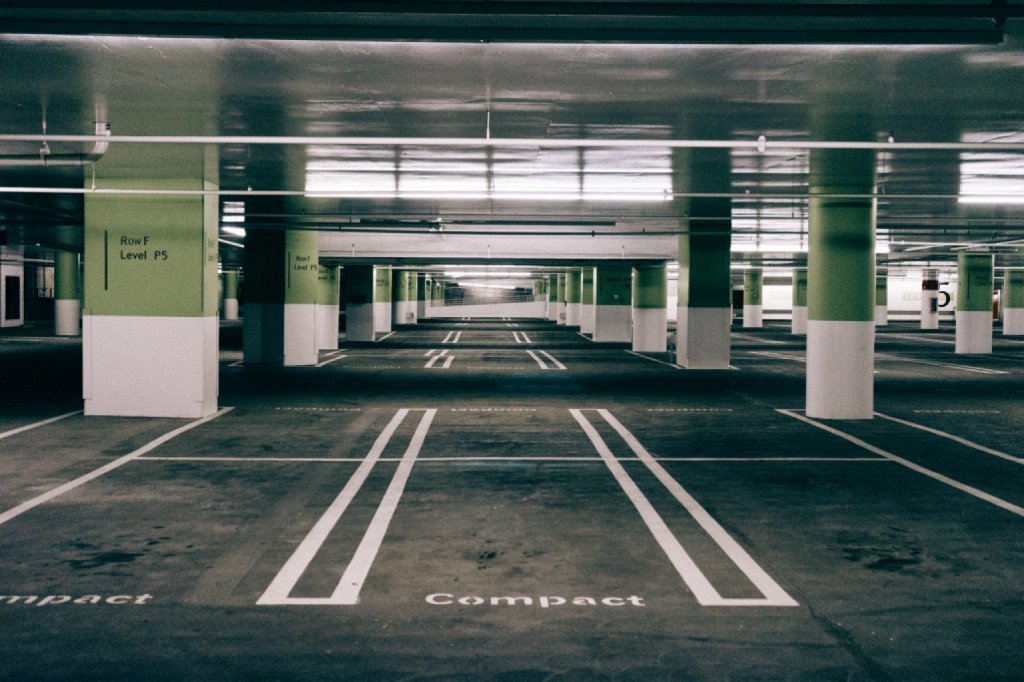3 Things Impacting Modern Day Parking Ratios

As the future of transportation and city development changes at such a rapid rate, developers are reevaluating the demand for parking in retail, office, and multi-tenant spaces. For people living and working in densely populated areas like San Francisco and New York City, the lack of ample parking has been a reality for some time. But for much of the country, scaled back parking ratios could take some getting used to.
It’s safe to assume that the nature of parking will undergo significant changes in the next few years, whether we’re ready are not. Here are some factors that will be driving that change:
1. Urban Planning
Transit-oriented development has become one of the most talked about concepts among city planners and real estate developers. These days, public transportation, walking, and cycling have become a popular alternative to driving around the town for a number of people – and for good reason. It’s cheaper and, in the case of walking and cycling, a healthier way to get around town.
With this popularity comes the demand for updated infrastructure that’s friendlier for pedestrians, cyclists, and people taking public transportation.
2. Driverless Cars
Just a few short years ago, the concept of self-driving cars sounded like something out of a futuristic novel. But these days, automated cars are more than just a possibility – it’s a reality. For the average person, the prevalence of driverless cars means they can be dropped off and picked up by a car that’s able to park itself anywhere, both on and off site. This reduces the need for commercial buildings to have big parking lots, as cars can drive themselves home or to a parking space a few miles down the road.
Another reason why driverless cars will change the way parking is being designed is due to their precise driving capabilities. Unlike human drivers, automated cars are able to park in much tighter spaces without knocking into walls and other cars. This means that businesses will be able to squeeze more cars into a much smaller space than they are able to at the moment, effectively freeing up additional space.
3. Ridesharing Platforms
With ridesharing companies like Uber and Lyft expanding to suburbs and smaller cities, fewer people are driving their own cars around town. Just like automated cars, ridesharing has also played an integral role in changing the way developers look at parking. After all, parking is an expensive development, and if fewer people are driving their own cars, lots parking decks can be used for more lucrative developments.
As we go forward, it’s important for developers and city planners to think of ways to reduce congestion, make transportation more convenient, and stay up to date with changes in automotive technology. With the increased popularity of ridesharing and automated cars becoming closer to a reality, it’s safe to say that the need for large parking spaces is coming to an end. Whether those lots will be converted into other properties or turned into charging stations for electric cars is anybody’s guess (for now)!

